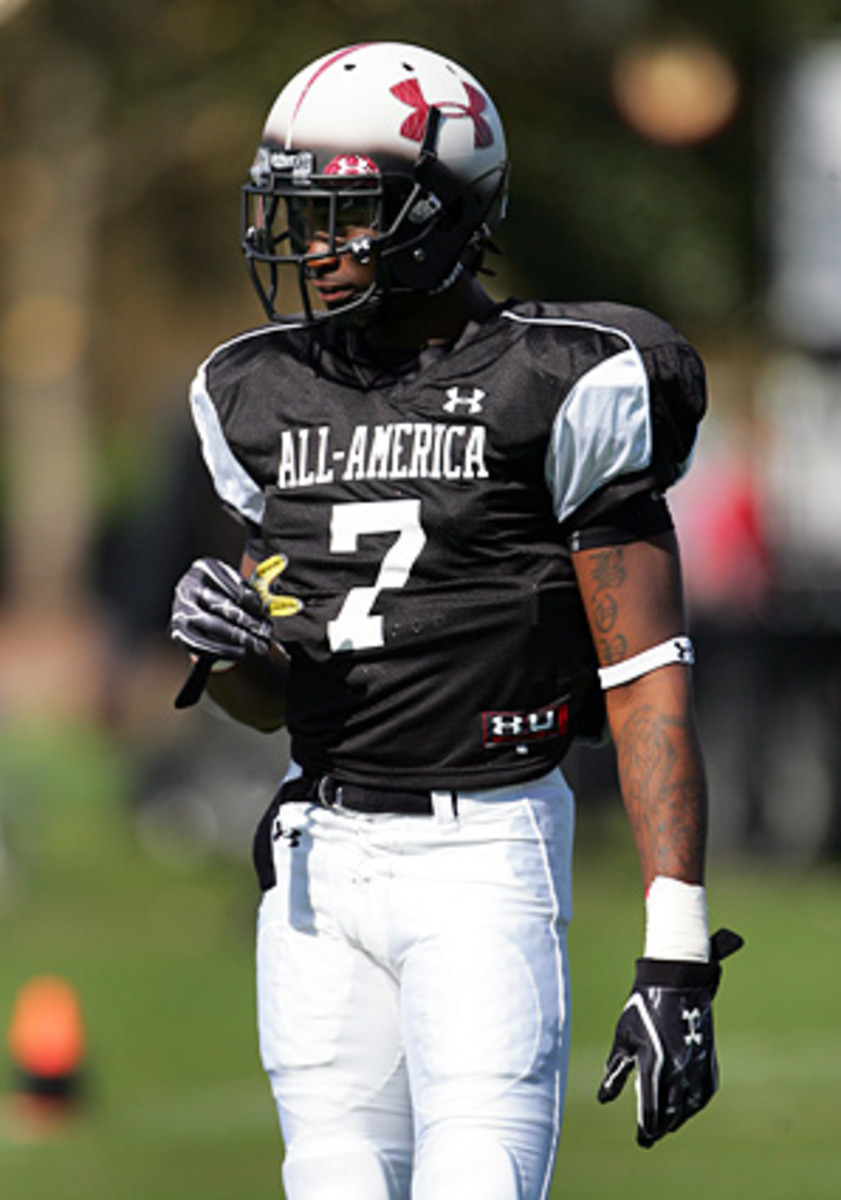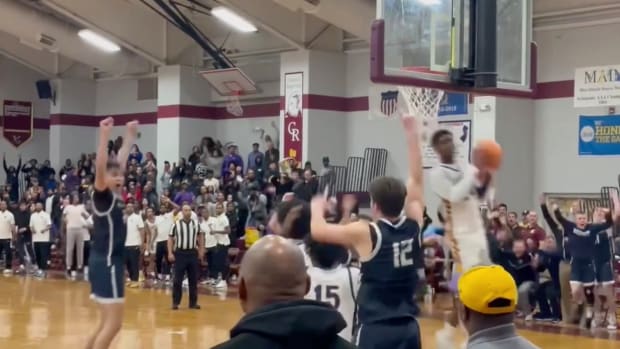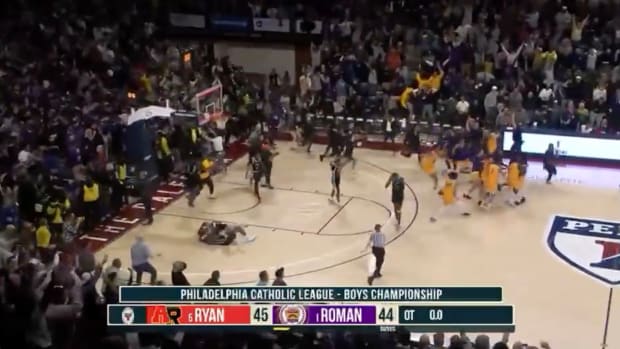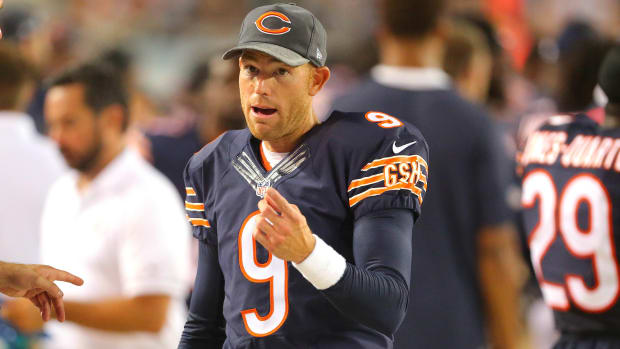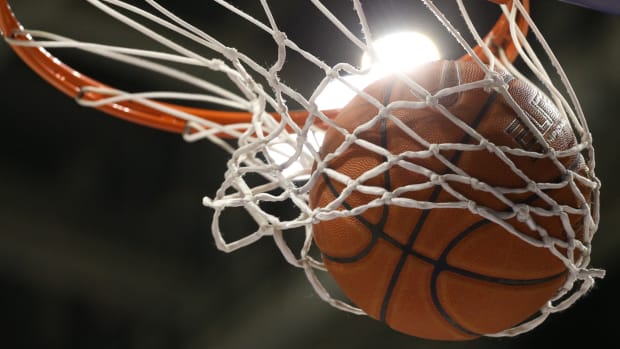Florida, FSU and Miami thrive despite losing in-state recruits
Peterson, Richardson and Spiller were all once ranked as the top prospect in the state of Florida. Each chose to leave en route to All-America honors: Peterson at LSU, Richardson at Alabama and Spiller at Clemson.
Last year marked the first time since Rivals started keeping track in 2002 that more than half of Florida's top 10 prospects signed with out-of-state programs. This year, the top two committed prospects -- Bolles offensive tackle John Theus and Arnold athlete Eddie Williams -- have decided to leave the state.
It's surprising, but so is this: The change hasn't led to recruiting slumps for Florida, Florida State and Miami -- the state's so-called Big Three. Not even close. Rivals' team recruiting rankings currently has Florida at fourth, Florida State at sixth and Miami at seventh, respectively. However counterintuitive, the schools are assembling top classes despite more and more prospects going elsewhere.
"Some guys want to grow up and get out in the world," said Tracy Howard, a cornerback from Miramar and the state's top-ranked recruit. "People want to experience new things. Florida gets kind of boring after a while."
Howard, the nation's No. 13 overall prospect, will choose between Florida, Florida State and Miami on National Signing Day. The state's second-ranked prospect, Berkeley Prep wide receiver Nelson Agholor, is still pondering whether to leave the state. Agholor is choosing between Florida, USC, Florida State, Notre Dame and Oklahoma.
That leaves Theus and Williams, a pair of prized recruits committed to Georgia and Alabama, respectively. Although Theus is leaving Florida, he doesn't think he's part of a larger trend. Nor does he believe Florida's top programs will stay down for long.
"You can definitely see Florida State is on the rise," said Theus, who grew up a Seminole fan. "Florida will be good. Guys are just seeing what school fits them best.''
The number of top prospects leaving Florida shouldn't come as much of a surprise. Florida has traditionally served as more of a battleground state than other Southeast recruiting hotbeds, with its top prospect leaving in four of the past six years: Spiller to Clemson in 2006, Peterson (then known as Patrick Johnson) to LSU in 2008, Richardson to Alabama in 2009 and Hasean Clinton-Dix to Alabama in 2011.
"I don't know if it has to do with the results of the in-state teams or that Florida just seems to be kind of an open-season place," said Chris Nee, a Florida recruiting analyst for Rivals.com. "It's not like some states. In Louisiana, the majority of kids go to LSU if they're supposed to be at that level of football. In Alabama, it's Alabama or Auburn. In Georgia, it's Georgia. Florida's more of an open playground. A lot of people come here, throw around their weight and do win some of those battles."
He added, "It's kind of always been that way, but the last couple of years, obviously some major kids have gone out of state."
Yet even as so many elite prospects head out of state -- particularly to Clemson and Alabama -- Florida's three major powers are on the verge of delivering top 10 national classes. Part of their success, fittingly enough, has come with the addition out-of-state recruits.
Three of Florida State's four highest-rated prospects are Denton (Texas) defensive end Mario Edwards (the nation's No. 3 prospect), Hueytown (Ala.) quarterback Jameis Winston (No. 10) and Mobile (Ala.) defensive end Chris Casher (No. 36). Florida's top two recruits are Charlotte (N.C.) offensive lineman D.J. Humphries (No. 2) and Shelby (N.C.) defensive end Jonathan Bullard (No. 6).
Only six of the Seminoles' 15 commitments are from Florida, whereas in-state residents made up more than three-quarters of their second-ranked 2011 class. Nine of the Gators' 18 commitments have come from out-of-state players.
"I think it's just how things have worked out," Nee said. "Florida State and Florida had some major positions of need where it made more sense for them to go out of state."
For example, since the state lacks an elite quarterback prospect, Florida State pursued the dual-threat signal-caller Winston. Since Florida's only Rivals100 linebacker, Leesburg's Noor Davis, left for Stanford, the Seminoles landed Ukeme Eligwe (No. 47) of Stone Mountain (Ga.) and the Gators secured Antonio Morrison (No. 204) of Bolingbrook (Ill.).
Miami is taking a different approach. Rather than expand their reach, the Hurricanes have concentrated on protecting their borders. Twenty-four of the 31 prospects in Miami's 2012 haul played high school football in-state.
The Hurricanes aren't necessarily getting elite talent, as only five-star running back Duke Johnson ranks among Florida's top 15 high school prospects. But Al Golden's staff is acquiring plenty of promising recruits while repairing relationships with high schools across the state.
Some Florida high school coaches complained that former Miami coach Randy Shannon didn't recruit in-state prospects heavily enough. The same can't be said about Golden.
"Miami was very aggressive early on," Nee said. "Miami had to do something to improve relationships with local coaches in that area because of the previous staff. They're doing a good job of that this year, building bridges and improving those relationships for down the road.''
An early look at Miami's 2013 recruiting class demonstrates the benefits of Golden's strategy. The Hurricanes already have four verbal commitments from high school juniors -- all of them from Florida.
In the ever-changing recruiting landscape, this much seems true: Although Florida's three major powers are going about their business differently, all have reason for optimism. They're putting together the types of classes that could eventually help them regain status as national title contenders.
"If everybody pulls together and stays with their commitments, they'll be back up there," said Howard.
